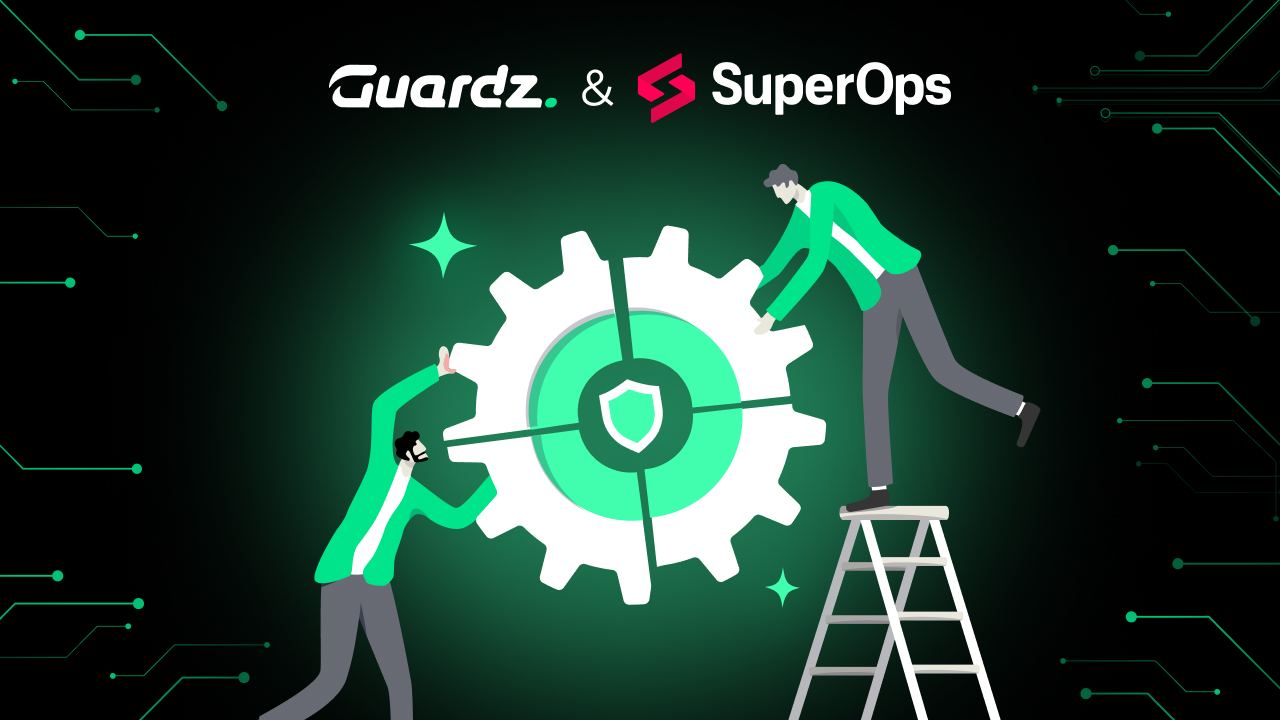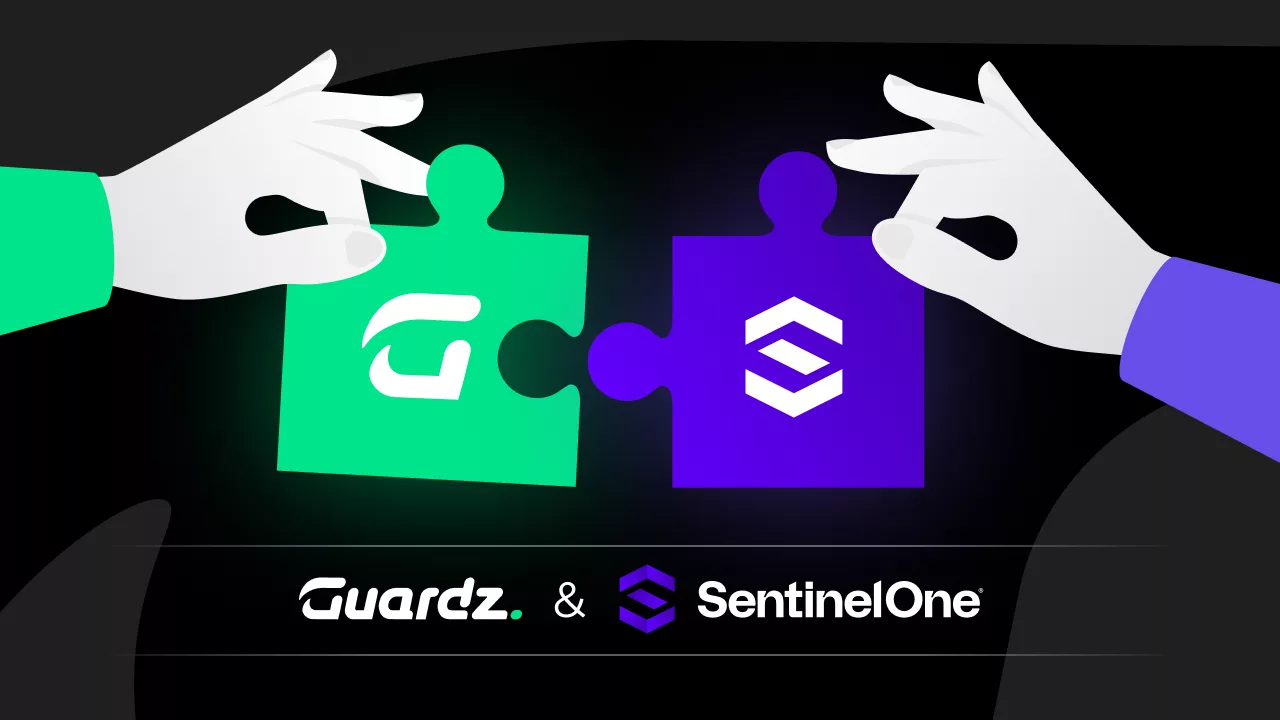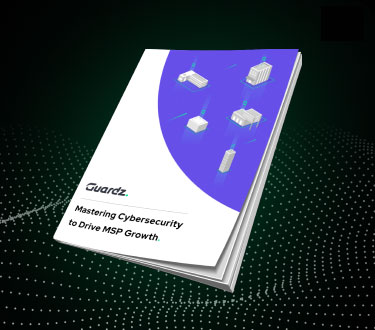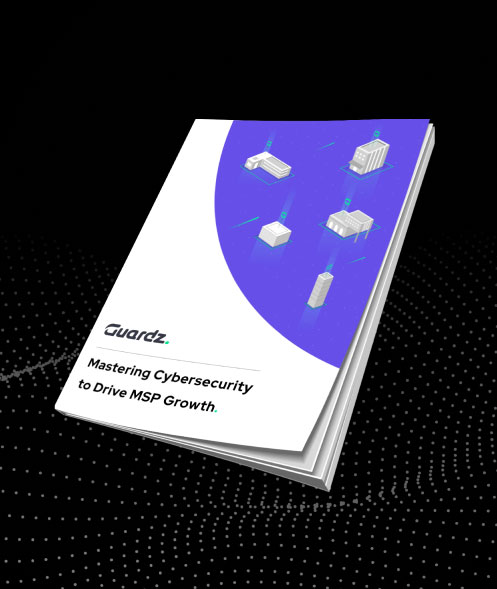Phishing is one of the main and most expensive email security threats, costing $4.9 million in 2023. That number continues to rise as generative AI now allows attackers to deliver highly personalized and well-written emails at scale. Additionally, phishing serves as the delivery method for many other types of email threats, primarily ransomware attacks, with 40% of businesses reporting an average payout of $1.2 million per year.
The Importance of Detecting Email Security Threats
Email attacks are an attractive method for cybercriminals to target businesses because they offer the chance of high financial gain for low financial investment and effort. They also offer an entry point to a business’ systems and security, allowing for more damaging attacks. In addition, email server vulnerabilities also pose threats to businesses in the form of Denial of Service (DoS) attacks (Simple Mail Transfer Protocol), Open Mail Relay, malware infections, and other general data security weaknesses. For these reasons, email security should be a critical component of a larger holistic cybersecurity strategy for businesses.
10 Types of Email Threats To Watch Out For
Regardless of the type of email threat, each individual attack costs businesses not only substantial IT resources but also hefty regulatory fees, brand reputation, and customer trust.
These include:
- Spear phishing. A more sophisticated type of phishing email in which attackers target a specific person or group of people in the company, often one with access to sensitive data or financial information.
- Email brand impersonation. Attackers impersonate a trusted brand using their logo, design, and email header to deceive recipients into providing sensitive data or confidential information.
- Email spoofing. A type of phishing attack involving the manipulation of email headers and sender addresses to appear to originate from a trusted source.
- Phishing. These email threats are designed to manipulate individuals into revealing confidential information such as credit card information, usernames, and passwords by posing as a legitimate person or brand.
- Business email compromise. A type of spear phishing attack designed to impersonate a trusted employee or manager from a specific company to manipulate its employees into unauthorized transfer of funds or sharing of sensitive and confidential data.
- Malware. Email malware attacks can contain links to malicious software or malware, such as ransomware or trojan horses, that can infect a company’s internal network or systems and steal sensitive information or encrypt files.
- Ransomware. Emails with links to ransomware encrypt a business’ data, files, or system, only enabling decryption or access to the encrypted files for a payout. If the ransom is not paid, the attacker threatens to delete or leak the data or files.
- Spam. Bulk emails from unwanted addresses that potentially contain malware, scams, or other types of malicious content to users’ inboxes.
- Social engineering. Attackers manipulate individuals to reveal sensitive information or take specific actions, such as downloading malware or paying a fraudulent invoice.
- Account takeover. Attackers gain control over a user’s email account, allowing them to launch attacks from a credible sender, make unauthorized transactions, and gain access to a business’s entire system or network.
Protect Your Clients Against Email Vulnerabilities and Threats
While clients of MSPs may not be able to protect themselves against every type of email threat, MSPs can provide significant protection against various email security threats. This can be achieved by implementing a few simple practices:
- Employee awareness. Since email security threats rely on targeting individuals with little security awareness, educating your clients to be cautious about clicking on links and attachments from unknown senders is critical to reducing security incidents.
- Use strong and unique passwords. This mitigates against brute force attacks and prevents damage from spreading to other accounts and systems in the event that passwords are compromised.
- Encrypt sensitive data. Data encryption offers a layer of protection against less sophisticated malware and ransomware attacks looking to steal sensitive company data and information.
- Update anti-virus and anti-malware software regularly. Email software includes updated versions that identify and protect against the latest email security threats. These updates can include patches for vulnerabilities that attackers might exploit.
- Implement multi-factor authentication (MFA). Multi-factor authentication adds an additional layer of protection beyond a username and password, making it more difficult for cybercriminals to gain access to user accounts.
- Backup critical files and have a disaster recovery plan. Even if an attacker is successful, having backups of your and your client’s data is key in reducing the damage from the attack. A well-defined backup and disaster recovery (BDR) plan can ensure business continuity for your clients during a downtime that costs them anywhere from $100,000 to $540,000 per hour.
Protect MSP Clients Against Email Security Threats with Guardz
Businesses and their employees receive hundreds, if not thousands, of emails each day. The security practices above are crucial first steps against email threats, but it takes only one email attack to disrupt business operations and cause financial and reputational damage. By adopting Guardz, MSPs can go beyond this first line of defense, delivering their clients an API-based email security solution that allows them to stay ahead of the latest email security threats, strengthening their MSP brand and building trust with their clients. Its multi-layered solution scans, detects and alerts IT teams to malicious email activity, flagging and removing them once they reach a business or employee’s email inbox. In addition, Guardz provides cyber insurance to maintain MSPS business continuity and reduce the financial risk to clients in the event of an attack.
Book a demo to learn more.
- Share On:












